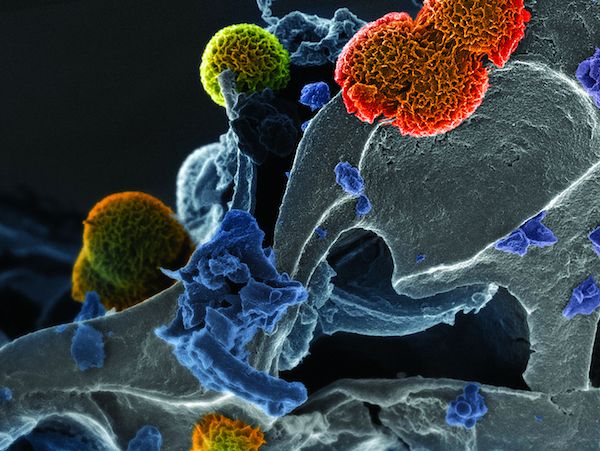Members Login

Channels
Special Offers & Promotions
ZEISS Introduces New Capabilities for ZEISS Ion Beam Microscopes

ZEISS introduces new capabilities for ZEISS ion beam microscopes, which cover advancements in analytics, tomography, sample preparation and data integrity.
This brings new possibilities in engineering materials, energy materials, soft materials and geosciences covering megatrends in additive manufacturing, battery and photovoltaic research, building materials and nanomaterials.
Analytics
Introducing SIMS solutions for elemental analysis across the ZEISS Crossbeam family adds a significant analytical capability to ZEISS ion beam microscopes. This is complemented with the new Time-of-Flight Secondary Ion Mass Spectrometry (ToF-SIMS) detection introduced for the latest member of the ZEISS Crossbeam family, ZEISS Crossbeam 350, as well as on ZEISS Crossbeam 550.
Tomography
As part of the introduction of the new focused ion beam scanning electron microscope (FIB-SEM), ZEISS Crossbeam 350, ZEISS introduces enhanced workflows for 3D tomography to ensure class leading 3D data volume generation. Quantified and calibrated measurement of z-slice thickness allows for near perfect reconstruction of tomogram slices into a reconstructed volume. An update of the ZEISS Atlas 5 hardware and software package improves 3D analysis (static electron backscatter diffraction (EBSD)), correlative workflows and definition of slice thickness. This so-called “True Z technology” ensures high quality FIB-SEM tomography.
Sample Preparation
The new loading station and sample holder for transmission electron microscopy (TEM) lamella preparation brings more ease-of-use to the TEM lamella preparation workflow and ensures a smooth transition of the sample to the TEM for further analysis.
Data Integrity
High speed and high quality data acquisition is further complemented with a release of ZEISS ZEN Intellesis, a machine learning-based segmentation software. ZEISS Crossbeam 3D datasets are fully compatible with this suite of image processing and segmentation software. This ensures data integrity is maintained as data acquisition speed and quality are improved. Texture-based classification provided by this software enables previously hidden information to be extracted from samples ranging from fiber composites to reservoir rocks.
more in Microscopy | Image Analysis
Media Partners


